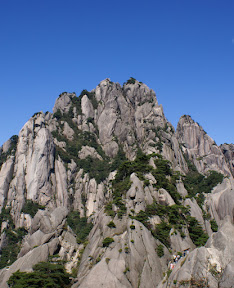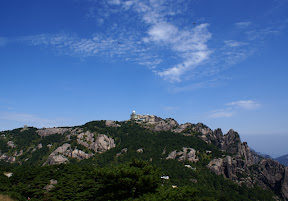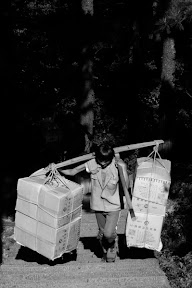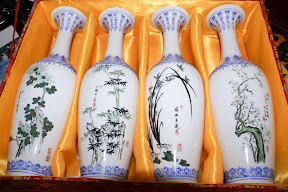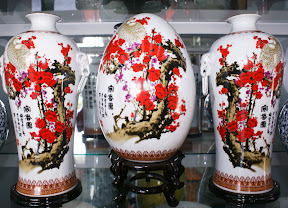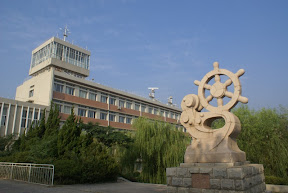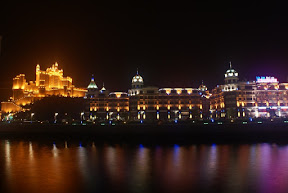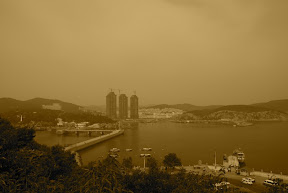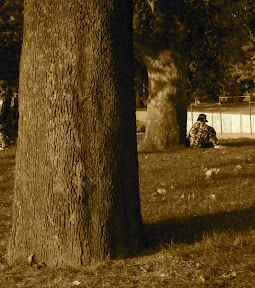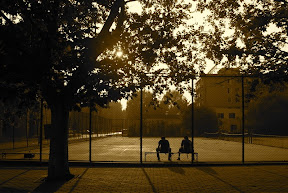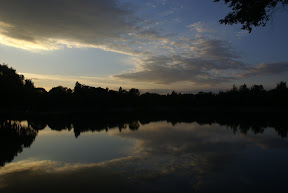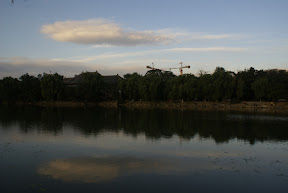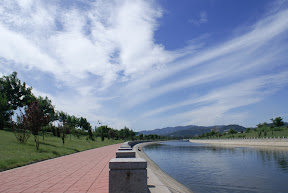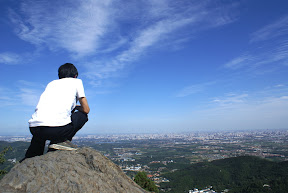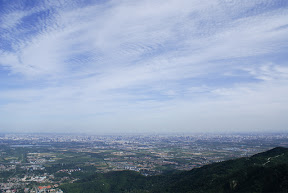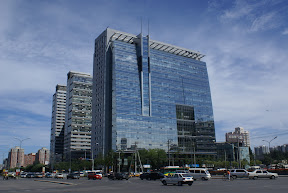About 80 percent of the residents of Xidi are of the Hu family. It's recorded that one son of Li Ye (867 - 904, the 19th emperor of the Tang dynasty) was sheltered secretly. Later the emperor and most of the royal family was murdered by Zhu Wen except this son, brought up safely by a nanny whose husband was of the Hu family. His descendants took Hu as the family name rather than Li, and that's the origin of the village.


The villagers were rather friendly.
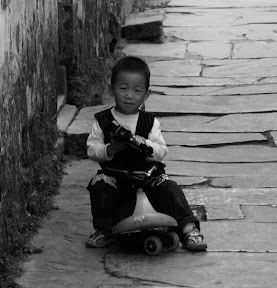

Hongcun was nearby. About 70 percent of the residents are of the Wang family. Hongcun was arranged in the shape of an ox, two trees (one pagoda tree and one ginkgo tree) as its horns, streams as intestines and lakes as the stomachs. It's because the village were burned down several times that they designed so many streams and lakes around houses. The two trees were also interesting that I thought it was something about yin-yang balance in Chinese culture.
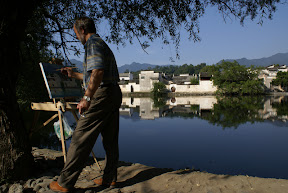

The journey ended in Tuesday evening, at the Xin'an river.

I took a flight back to Beijing and got to the campus late at night. Though not tired, nothing had changed except more work was left. It's time to move on.






